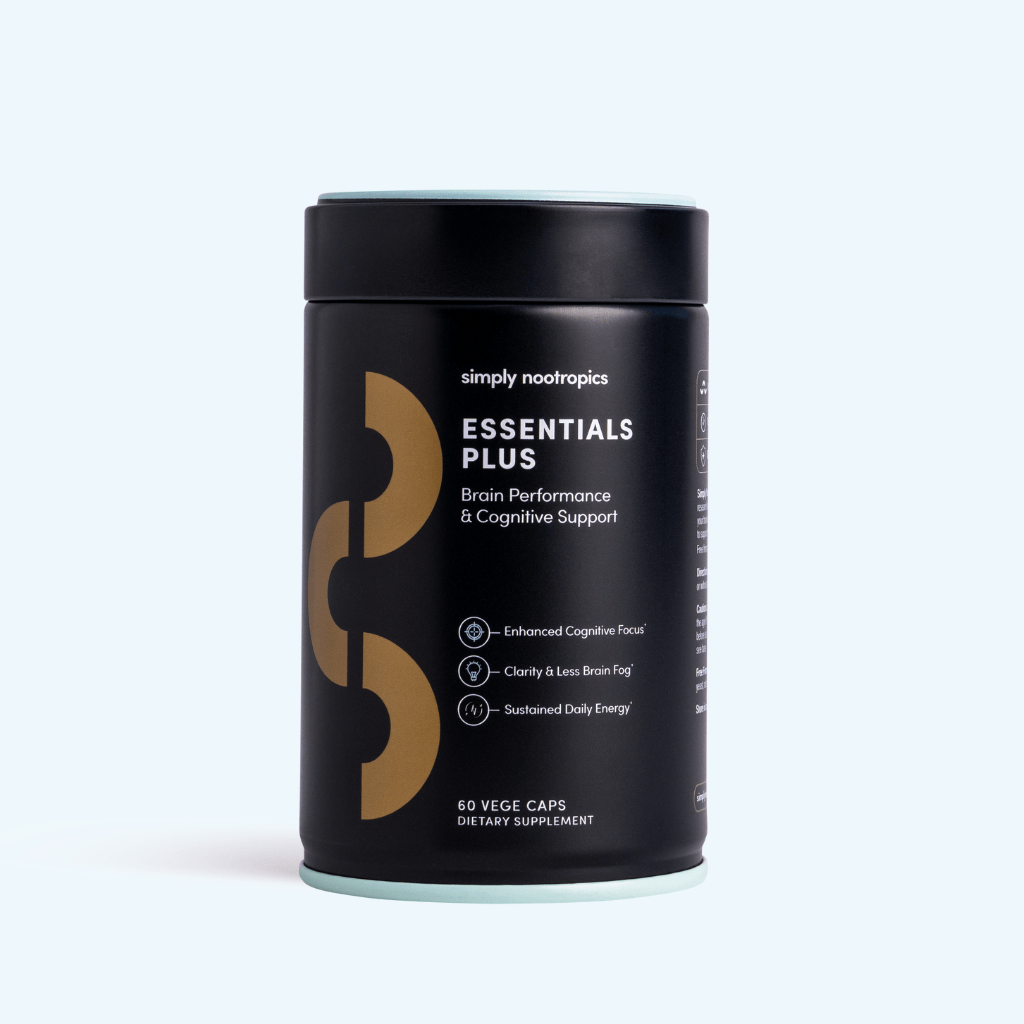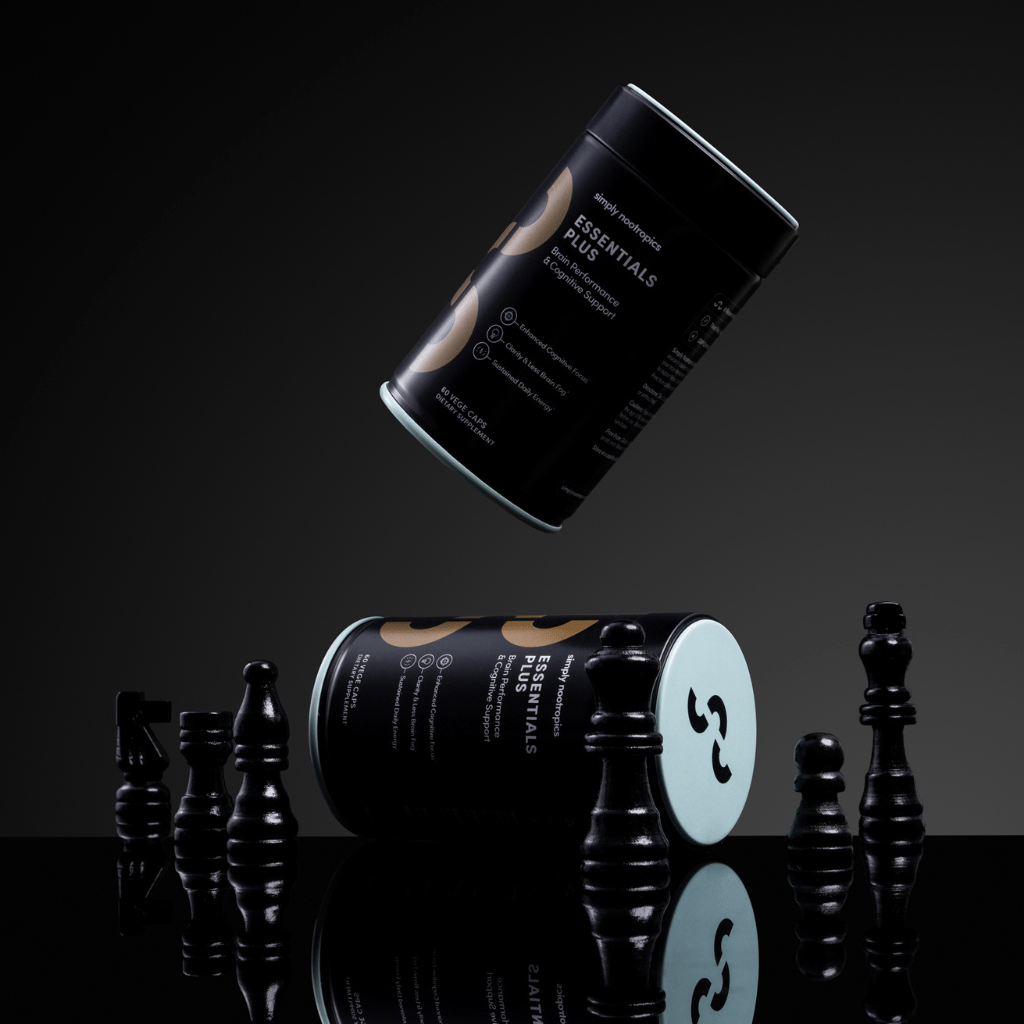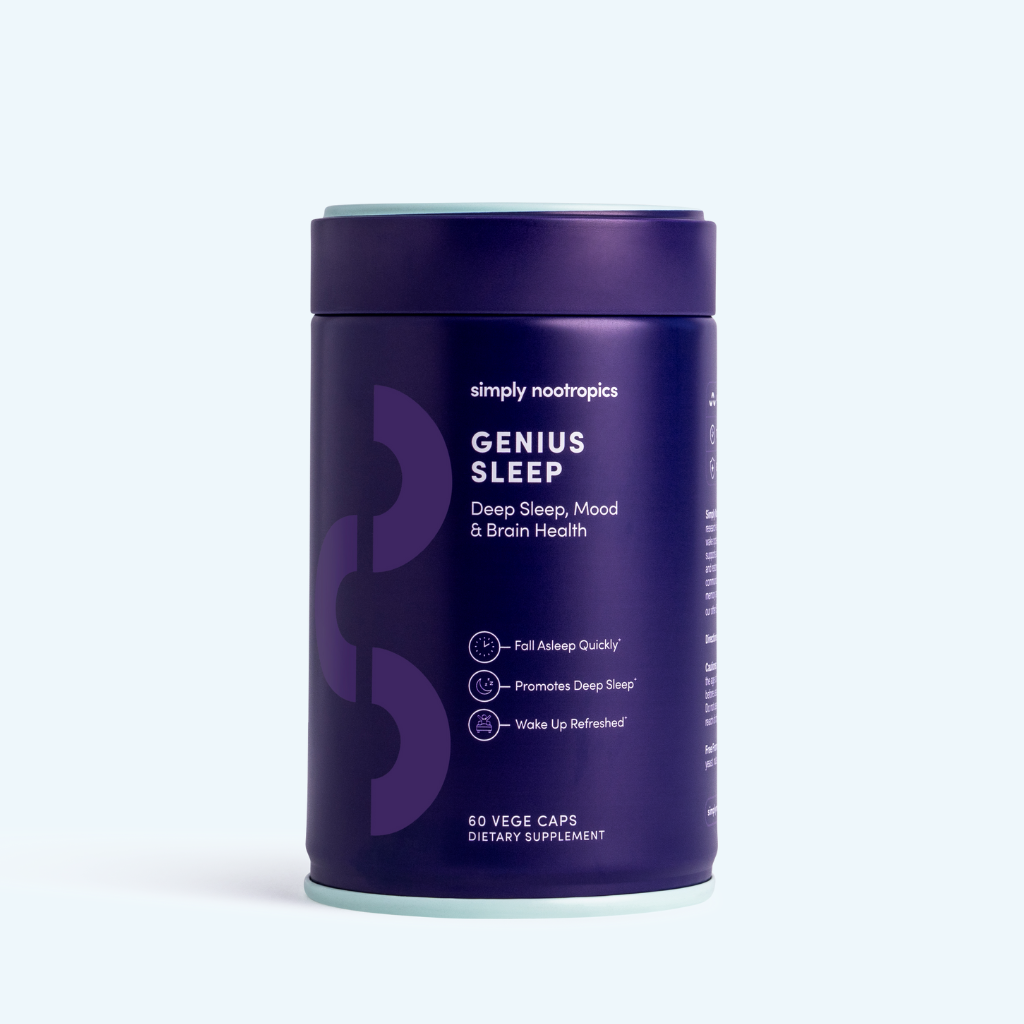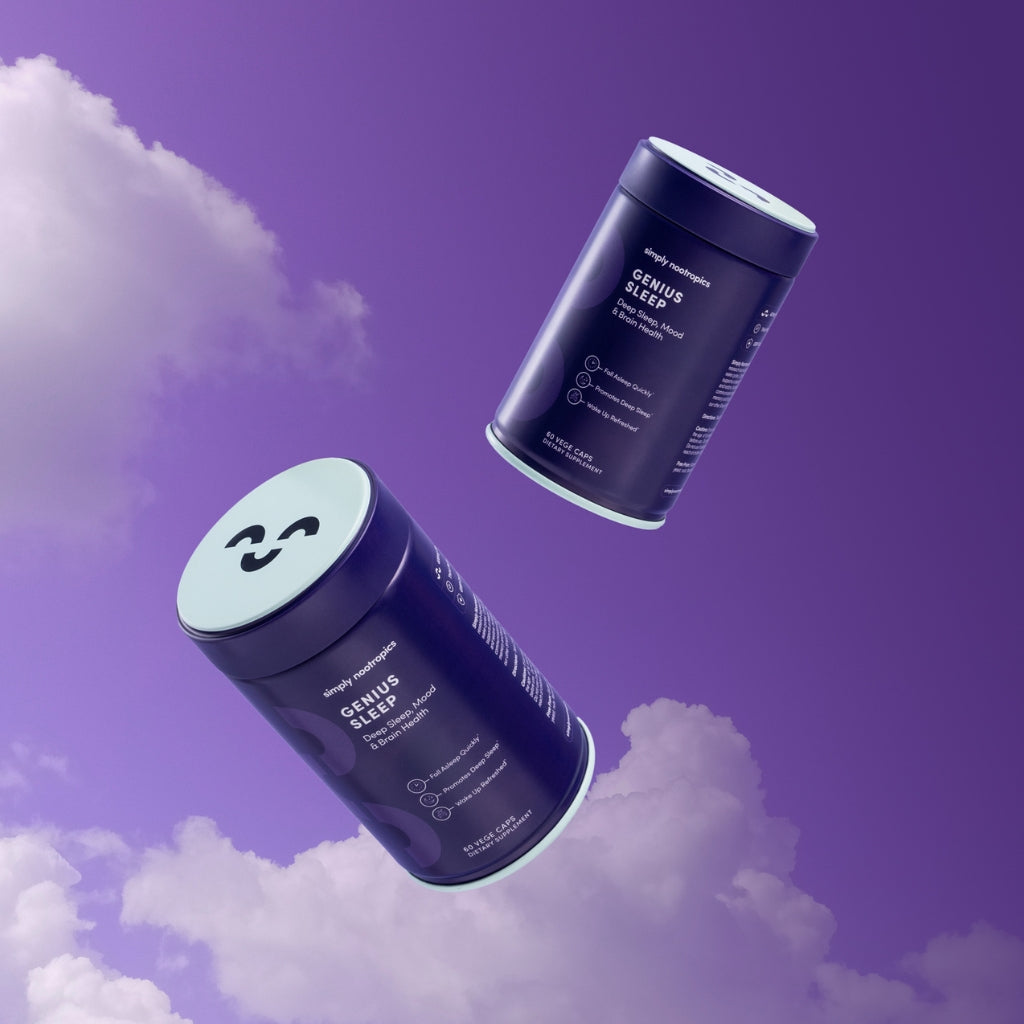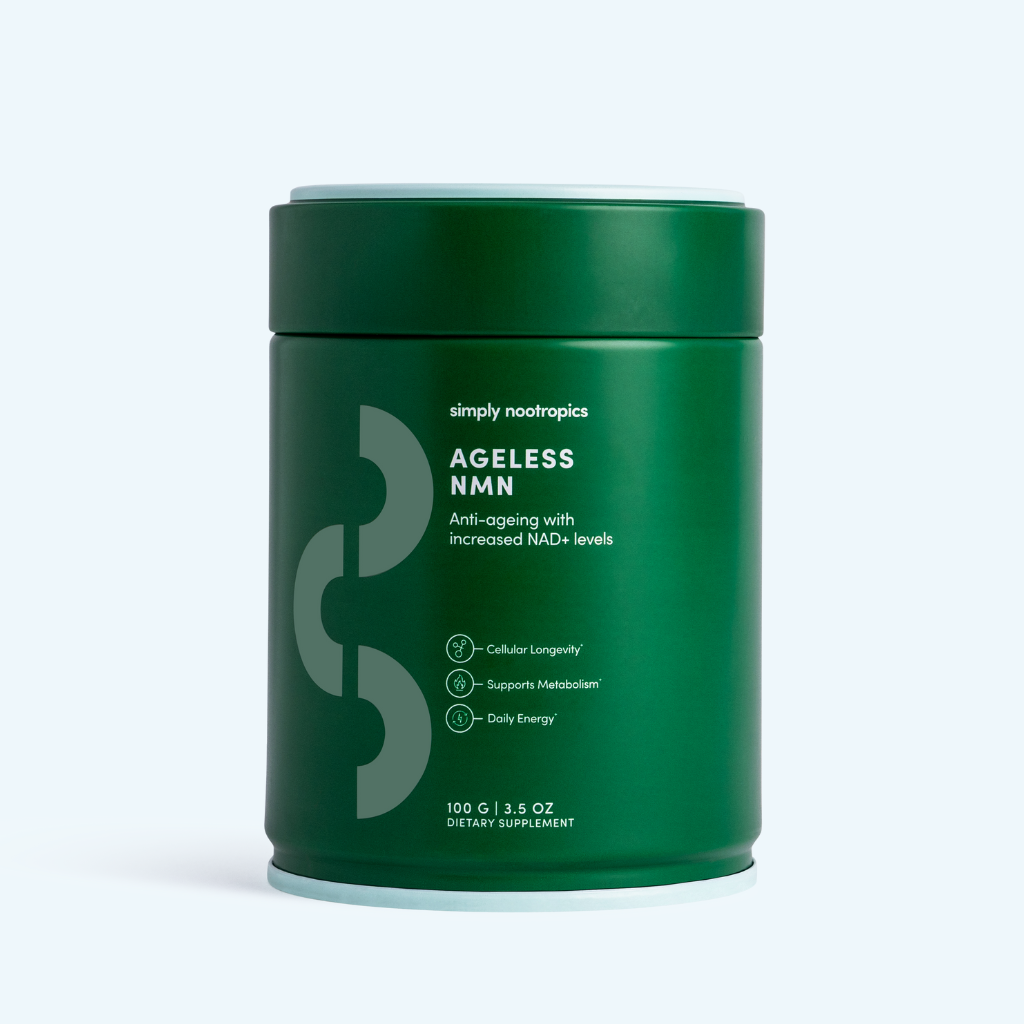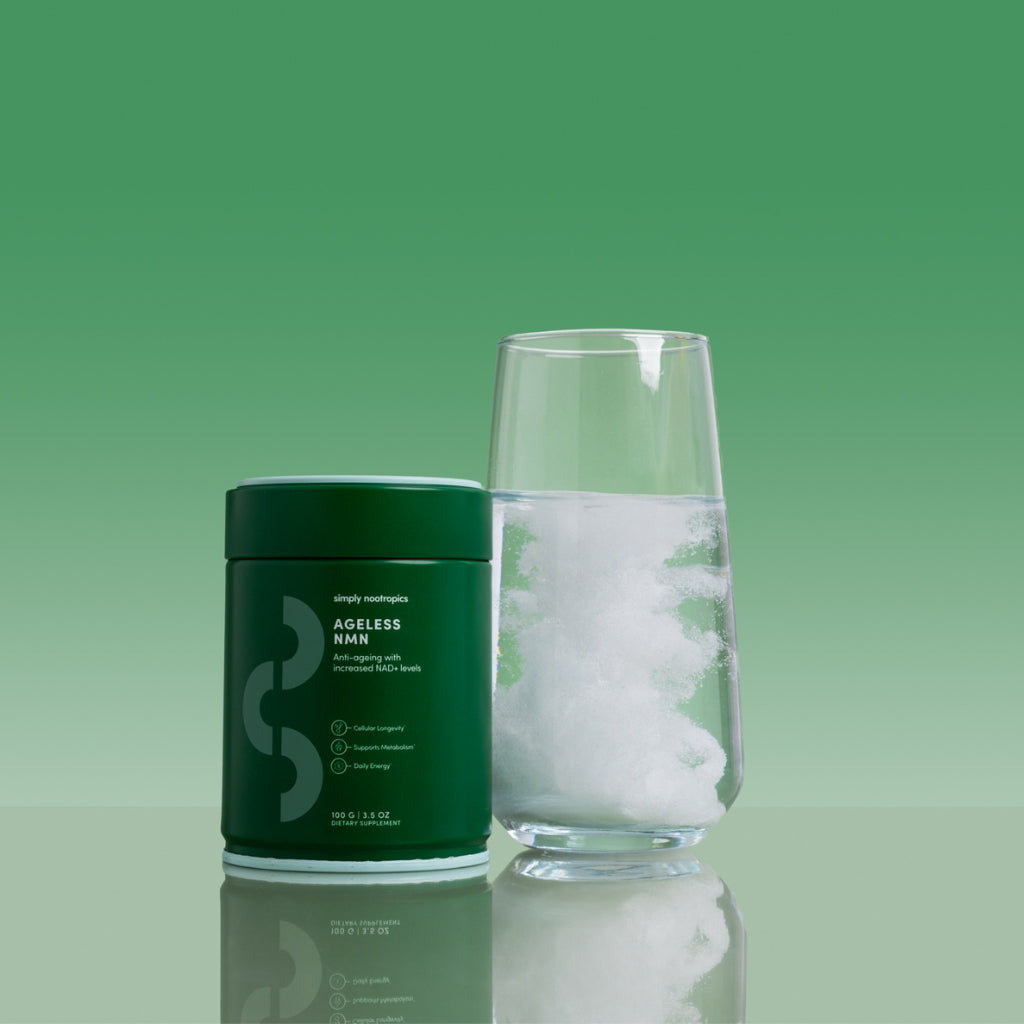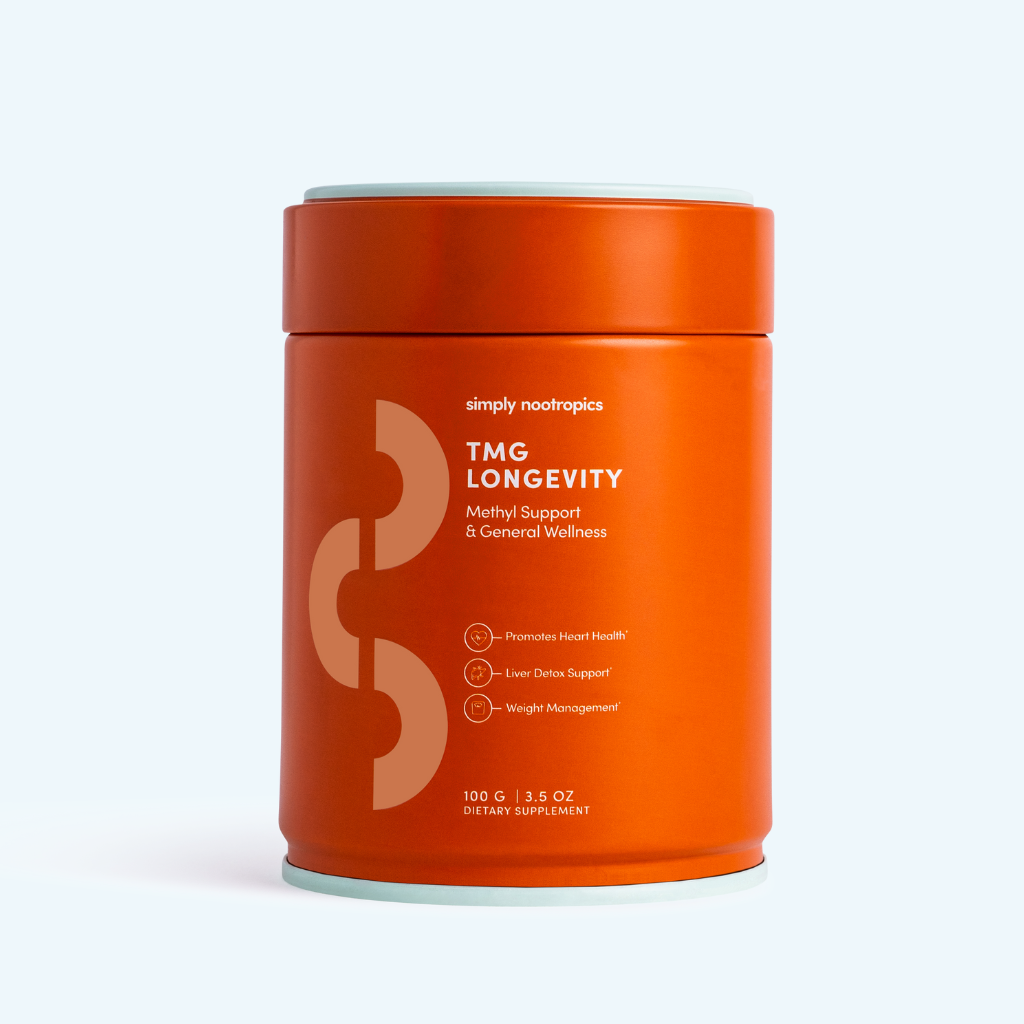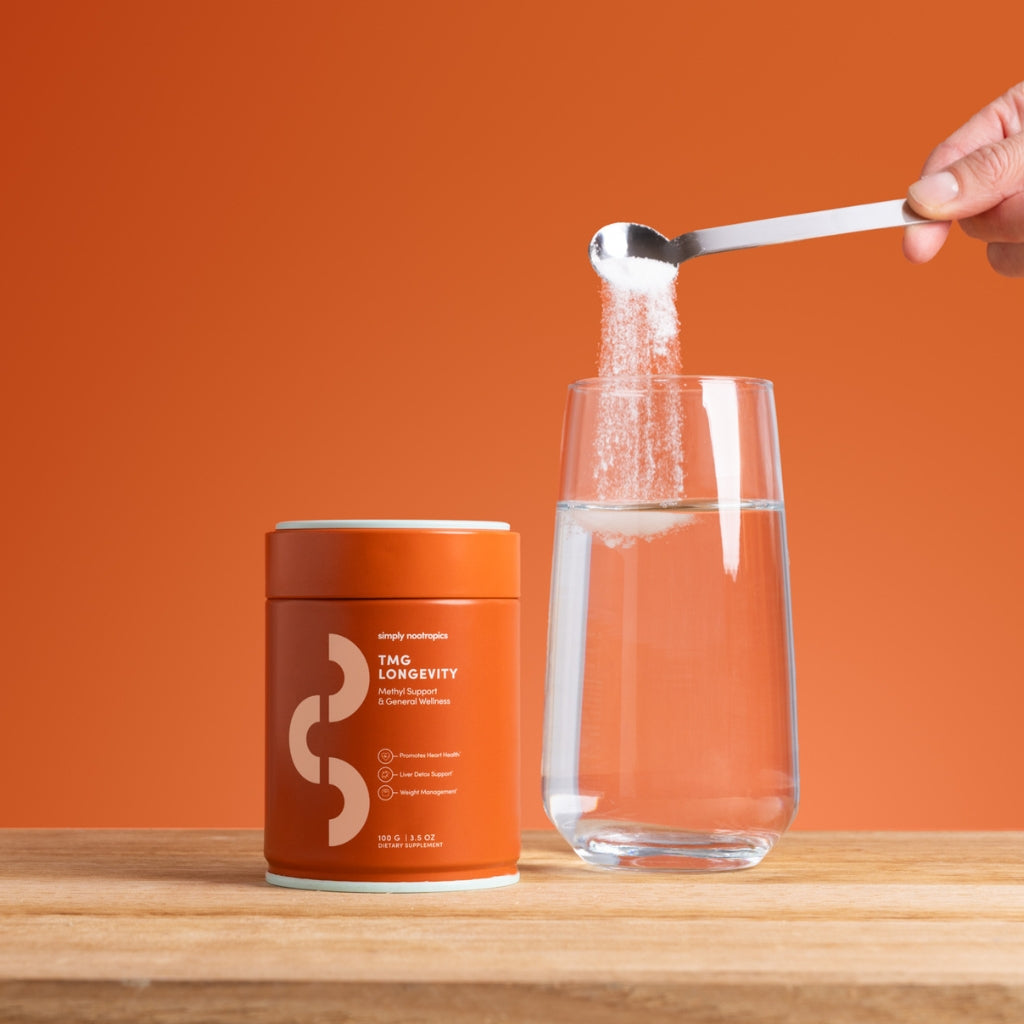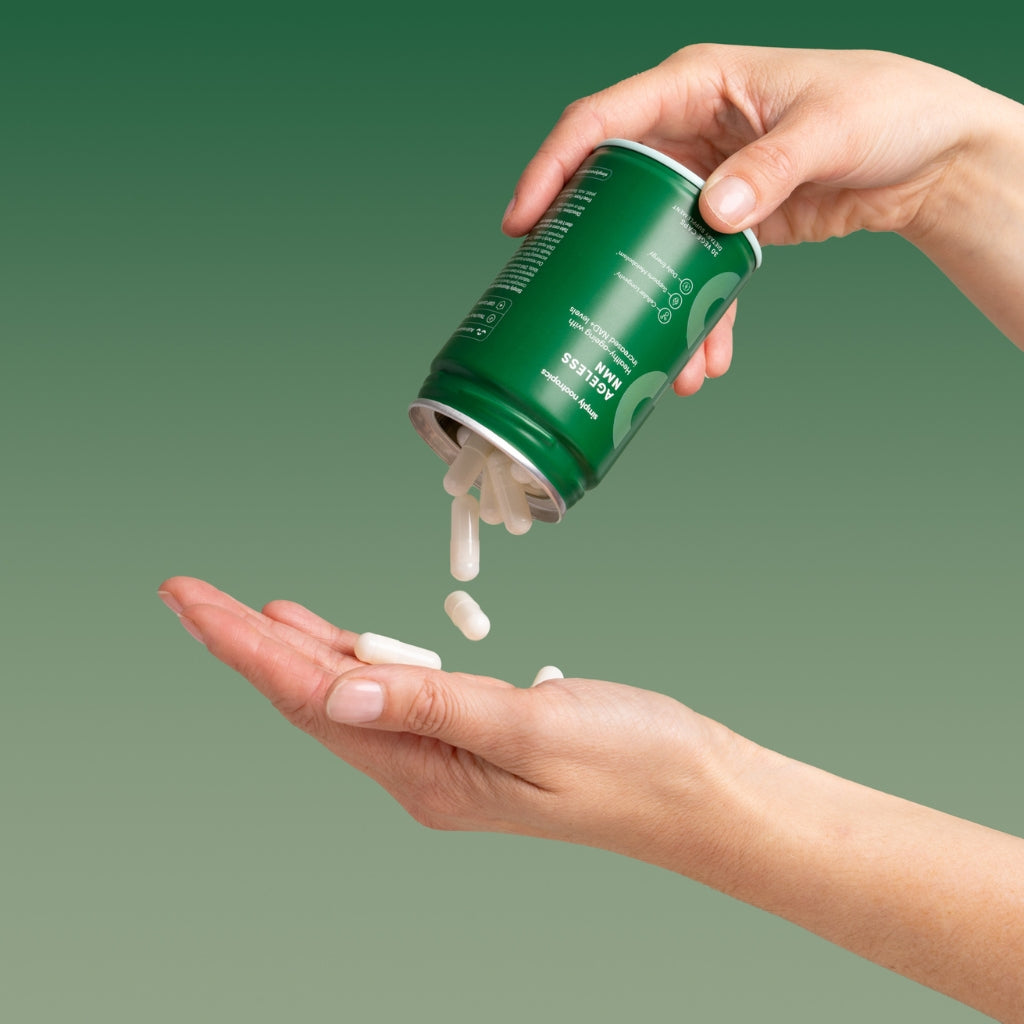When you think about post-workout recovery, chances are your mind goes straight to things like protein, hydration, or electrolytes. Collagen? Not so much.
But here’s the thing: top collagen isn’t just a beauty thing or something you only need when you start noticing crow’s feet. It plays a critical role in how you move, how you bounce back from training, and how resilient your body feels as the years go on.
If you’re already showing up for your workouts, like strength training, running, Pilates, or something in between, collagen might be the one recovery tool your body’s been missing.
Let’s take a closer look at what the best collagen actually does, how it breaks down over time, and why supplementing it (especially after exercise) might be one of the easiest ways to support long-term performance and recovery.
Collagen: Your Body’s Internal Support System
Collagen is the most abundant protein in your body. It gives structure to your joints, muscles, bones, skin, and connective tissue. Without it, things get… creaky.
There are several types of collagen, but when it comes to exercise and recovery, the ones you want to pay attention to are:
-
Type I – Found in tendons, ligaments, bones, and skin
-
Type II – Found in cartilage (hello, joint cushioning)
-
Type III – Found in muscles and blood vessels
When you move, lifting weights, going for a jog, or doing a long yoga flow, these systems are all under pressure. Micro-tears in muscle tissue, strain on tendons and ligaments, and wear on joints all rely on collagen to repair and rebuild.
It’s not just about performance, it’s about staying mobile, pain-free, and strong as you age.
The Problem: Collagen Production Slows Down
Here’s the not-so-fun part: by your mid-to-late twenties, your natural collagen production starts to drop. Slowly at first, then more noticeably with each passing decade.
If you’re physically active, this drop can feel even more intense. That’s because your body’s using up more collagen to recover from regular exercise stress, but producing less of it in return.
You might notice:
-
Joints that crack or feel stiff
-
More soreness after workouts
-
Slower recovery times
-
A “tight” or “creaky” feeling after movement
-
Less flexibility or range of motion
-
Lingering injuries or low-grade pain
And if you’re hitting the gym consistently but feeling more worn down than energised, top collagen (or a lack of it) could be part of the reason.
What Exercise Actually Does to Your Collagen
Let’s be clear: exercise is great for collagen production in the long run. It stimulates the cells that create collagen (fibroblasts), improves circulation, and keeps tissues strong.
But it’s also catabolic in the short term. That means it temporarily breaks down tissue, including collagen-based structures, before your body repairs and adapts.
If your top collagen reserves are already low, or if you’re not giving your body the raw materials it needs to rebuild, you may not recover as quickly or completely.
Over time, that can lead to strain on joints and connective tissues, nagging injuries, or feeling like you’ve aged five years after a single training session.
Collagen Supplementation: Does It Help?
The good news? Yes, the best collagen supplements can help support your body’s recovery and resilience, especially when combined with regular exercise and a balanced diet.
Hydrolysed collagen (also called collagen peptides) is broken down into smaller pieces so your body can absorb and use it more easily. These peptides provide key amino acids like glycine, proline, and hydroxyproline, the building blocks your body needs to rebuild connective tissue.
Multiple studies have shown that the best collagen supplementation can:
-
Improve joint pain in active individuals
-
Support tendon and ligament strength
-
Increase muscle mass when paired with resistance training
-
Enhance skin elasticity and hydration (bonus!)
-
Improve post-exercise recovery
Some researchers also suggest that timing matters: taking collagen around 30–60 minutes before or after exercise, especially with vitamin C, may enhance collagen synthesis and tissue repair.
Collagen and Movement: A Two-Way Relationship
It’s worth repeating: the best collagen isn’t a replacement for movement. In fact, one of the best things you can do for your connective tissue is to move often and intelligently.
That means:
-
Incorporating strength training to stimulate collagen-producing cells
-
Stretching and mobility work to support healthy range of motion
-
Taking rest days to allow for collagen remodelling
-
Staying hydrated to keep connective tissue supple
-
Eating enough protein and micronutrients to support regeneration
But adding top collagen to your routine can give your body the fuel it needs to do all of that more effectively.
What to Look for in a Collagen Supplement
Not all collagen is the same. For active lifestyles, look for:
-
Hydrolysed collagen peptides – easier to absorb and use
-
Vitamin C – helps your body turn peptides into functional collagen
-
No added sugar or fillers – just what your body needs
-
Bonus ingredients like biotin, zinc, or hyaluronic acid – for added skin and joint support
-
Great flavour and easy mixing – because consistency matters
And if you’re already stacking supplements to support energy and recovery, it’s worth looking at collagen that offers more than just the best collagen.
Try This: Vital Beauty by Simply Nootropics
If you’re looking for the best collagen that actually fits into your post-workout routine (and tastes good doing it), Vital Beauty might be your match.
It’s a collagen peptides formula designed to support not just skin and hair, but muscle, joint, and cellular health too. That means it’s doing double duty: supporting how you look and how you move.
You can stir it into water, blend it into a smoothie, or shake it into your post-workout protein, no clumps, no weird aftertaste.
It comes in three flavour options so you can fit it into whatever routine actually works for you:
-
Mixed Berry – fresh and fruity, great in water or smoothies
-
Mango Passion – tropical and refreshing post-workout
-
Unflavoured – perfect if you’re mixing it into your protein shake or breakfast oats and want zero taste
What makes it different?
-
Hydrolysed collagen peptides for joint, tendon, and muscle recovery
-
NR (nicotinamide riboside) to support NAD+ production and cellular energy
-
Vitamin C and E to boost collagen synthesis and protect against oxidative stress
-
Flavours that actually taste good—not “unflavoured cardboard,” not mystery vanilla, just clean, easy mixing
And yes, Vital Beauty supports skin, hair, and nails too. Because it’s perfectly reasonable to care about your knees and your glow.




